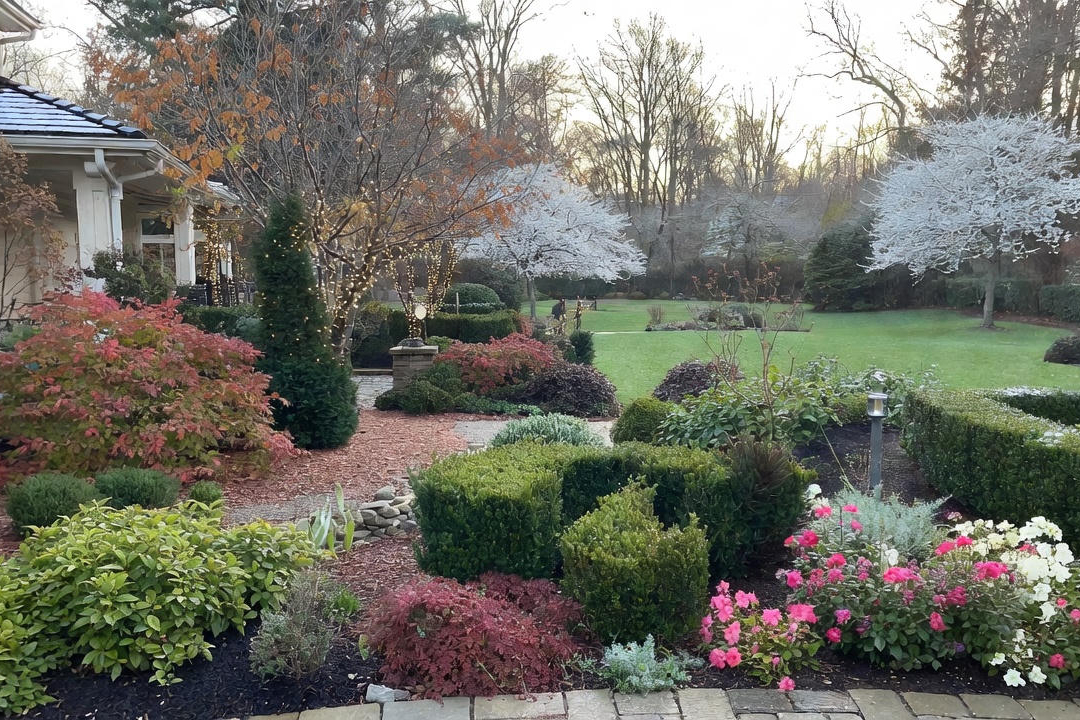
Douglas fir (Pseudotsuga menziesii) also known as Oregon Pine or Douglas Spruce does best in areas that have hot summers and cold winters most typically found in garden hardiness zones 4 through 6. Douglas fir is an important tree for the environment. Most typically douglas fir grows to 50 feet in urban settings; it can grow up to 300 feet in native settings in the United States and its seeds feed chipmunks, voles, moles, shrews, sparrows, finches and many others. Douglas fir is often used in the timber industry for the manufacture of plywood. Young trees smell deliciously piney and are used as Christmas trees. Within the floral industry, douglas fir are used for greenery. Deer dislike the prickly needles of the douglas fir, so it is an excellent tree to use in an area where deer are a nuisance. Planting a douglas fir is a long-term investment for a landscape because the trees can easily live to be 120 years old or more.

When, Where, and How to Plant Douglas Fir
Preferring a location that has full sun, and moist, well-drained soil with a higher fertility, douglas fir can also adapt to more adverse conditions such as drought. Planting the tree in an area that has medium wet soil can reduce long term water maintenance. Balled and burlapped plants should have as much of the burlap and wire basket removed as possible. Backfill around the root ball until it is about half filled. Water the root ball and backfill well. Place the rest of the soil around the root ball, forming a “well” at the base of the plant. Be sure to place in a location where the plant will not be overcrowded as air circulation decreases disease risk.

Douglas Fir Growing Tips
Water the douglas fir consistently until well established. High winds can injure the trees, so it is not recommended to use the douglas fir as a windbreak. Planting in a sheltered area will be more successful for the plant. Prune out dead branches and to shape the tree in late winter.
Advice and Care for the Douglas Fir
Douglas fir can be used for erosion control as long as the soil is not excessively rocky. Trees overcrowded or planted in shadier conditions are vulnerable to many diseases including blight and other fungal issues. Young douglas firs make perfect Christmas trees as they are very fragrant and hold their blue-green needles for a long while. In landscapes, douglas firs act as centerpiece plantings as well as functional evergreen hedges. Their great girth makes them challenging to manage in a small garden once they have grown to full size, so are preferred in larger landscape plantings.
Download iScape now to create designs and make your garden accessible and lovely for entertaining. iScape it!




.jpg)

.jpg)